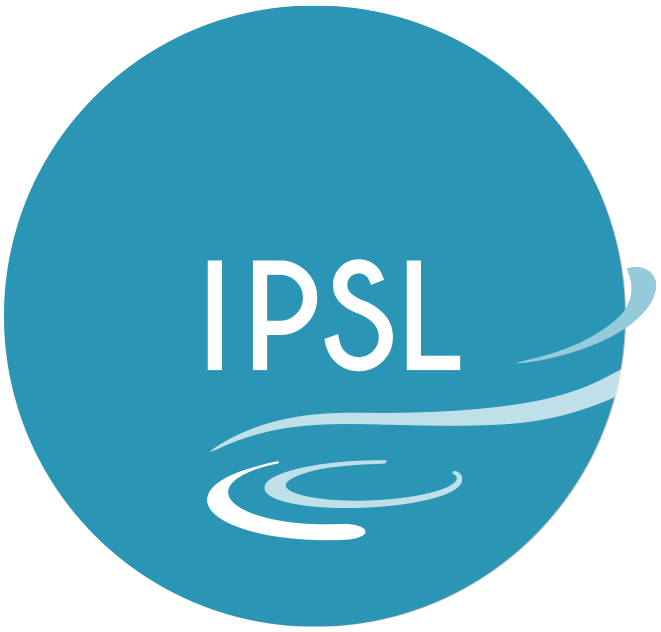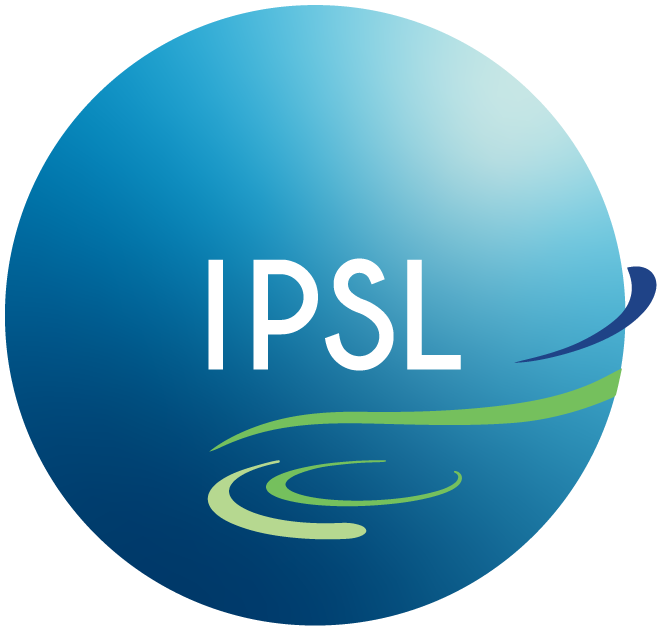What is an Atmospheric Simulation chamber ?
Atmospheric simulation chambers are experimental reactors designed to study in the laboratory atmospheric physico-chemical processes under conditions that are both reproducible and controlled (temperature, pressure, irradiation, concentrations of trace species, etc.) and sufficiently close to real atmospheric conditions.
This approach can be developed for terrestrial or extraterrestrial atmospheres.
Where are the IPSL Atmospheric Simulation chambers ?
The CESAM platform (http://www.cesam.cnrs.fr/) is granted by CNRS as a national instrument and is part of the ACTRIS-Fr and ACTRIS-EU research infrastructures. The platform is piloted by the LISA and located in LISA at the University Paris Est Créteil. It is accessible to French scientits through a specific call and to scientists from Europe and other countries through the ACTRIS-EU TransNational Access (TNA)
It consists of a combination of two chambers (CESAM chamber and CSA chamber) that can work both with gas or multiphase reacting mixtures involving gaseous trace species, organic particles, water droplets, mineral dust, soot and salts. It has been designed to perform studies on multiphase atmospheric processes under realistic conditions.
The CESAM chamber is the largest atmospheric simulation chamber of the CESAM platform. It is dedicated to the study of multiphase atmospheric processes such as the formation of secondary aerosol or gaseous compounds in cloud-phase reactivity. It’s a 4.2 m3 stainless steel atmospheric simulation chamber, evacuable down to a few 10-7 atm and it is temperature controlled between +0°C and +60°C. It is equipped with high power xenon arc lamps which the artificial light source the more realistic to sun irradiation. Due to the very low level of electrostatic charges on its wall the aerosol lifetime in CESAM can be very long for submicron particle (up to 4 days) which enable the study of the ageing processes of secondary aerosol as well as their consequences on their properties. The scientific spectrum of CESAM chamber is nevertheless much larger than SOA studies as it is also possible to generate cloud events, to inject desert dust or soots, to seed with ionic aerosols and to perform photochemistry study.
View of the CESAM chamber
The CSA chamber is an atmospheric simulation chamber dedicated to the atmospheric gas processes and spectrometry studies. It is a 1m3 pyrex reactor evacuable down to a few 10-2 mbars. It is equipped with artificial irradiation system which consist in 80 UV-lamps (centred at 360 nm and 420 nm) and 16 arc and Hg lamps (λ < 300 nm). The CSA is equipped with analytical devices for gas phase such asUV-Visible and Visible IBB-CEAS spectrometer, FTIR and PTR-Tof-MS (Kore ltd.) that enable atmospheric chemistry monitoring and cross-determination of compound absorptivities in both IR and UV-Visible spectral ranges with numerous applications for remote sensing measurements. The CSA chamber is a perfect tool for intercalibration of IR/UV spectra and study the gas phase reactivity of organic and polyfunctional organic species (e.g nitrates). It is a complementary glass chamber which offers a good alternative to stainless steel walls.
View of the CSA chamber
The CESAM platform is equipped with a comprehensive set of analytical instruments and benefits from the instrumental environment dedicated to atmospheric chemistry provided by LISA: PTR-ToF-MS (Kore ltd.), NOx Analyser, O3 Analyser, SO2 Analyser, External CRDS (Picarro 2302), Sorbent cartridges + GC-MS, Automatic GC- FID, in-situ FTIR, Hygrometer, Supercritical Fluid Extraction- GC-MS, EC/OC (Sunset), Hygroscopy Tandem DMA, Analytical Electron microscopes, SMPS, Light-scattering aerosol, CAPS-Pmex Aerodyne, CAPS-Pmex Aerodyne, Nephelometre (TSI 3596), Aethalometer (AE-31 Magee Scientific), Spectroradiometer LiCOR 1800.
Features that make the CESAM platform rare in the world:
– Very long submicronic aerosol lifetime
– Ability to produce clouds
– Protocol for mineral dust seeding
– Temperature control and highly realistic artificial solar irradiation – high cleanliness level
– Quality of the instrumentation


